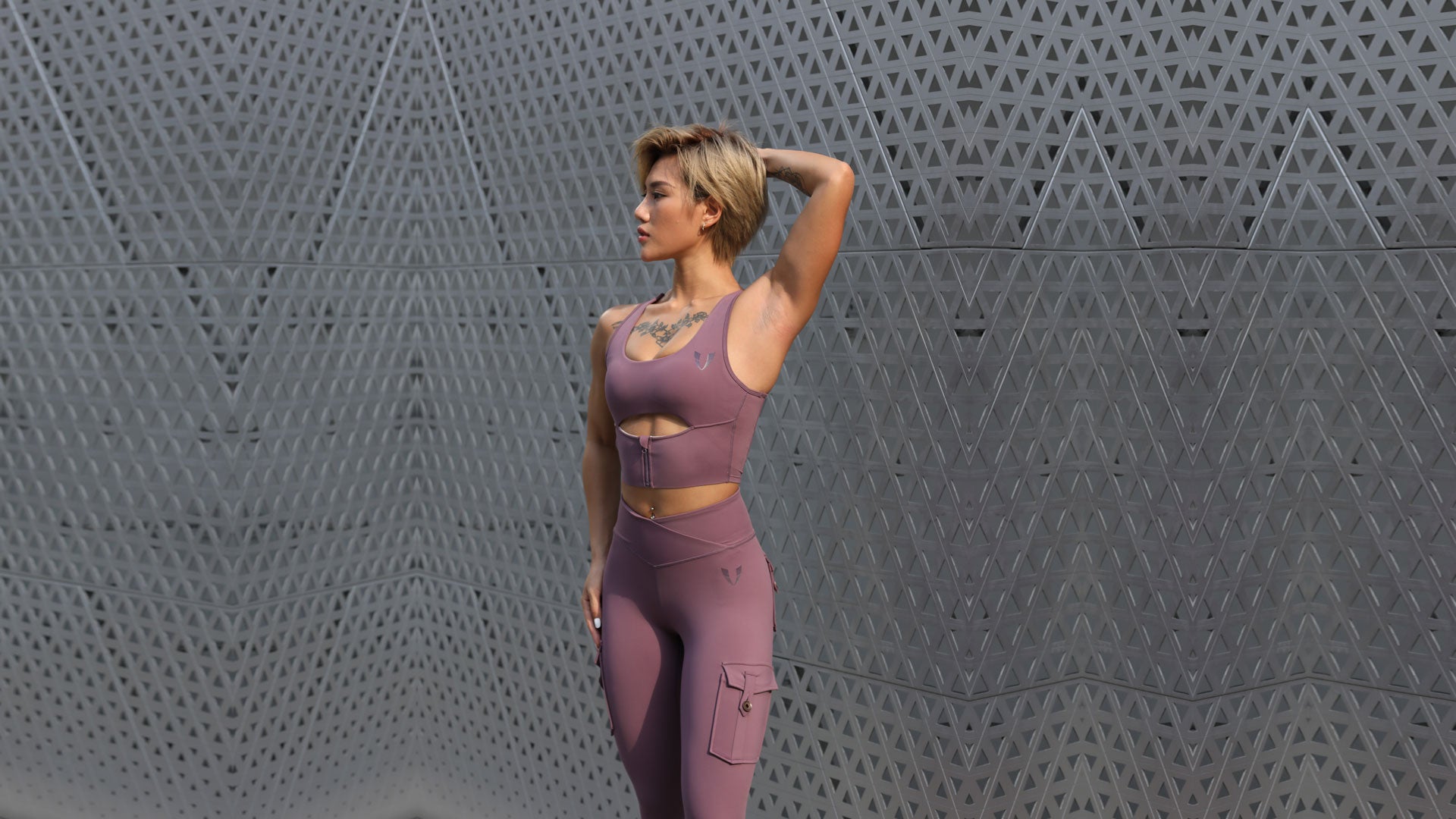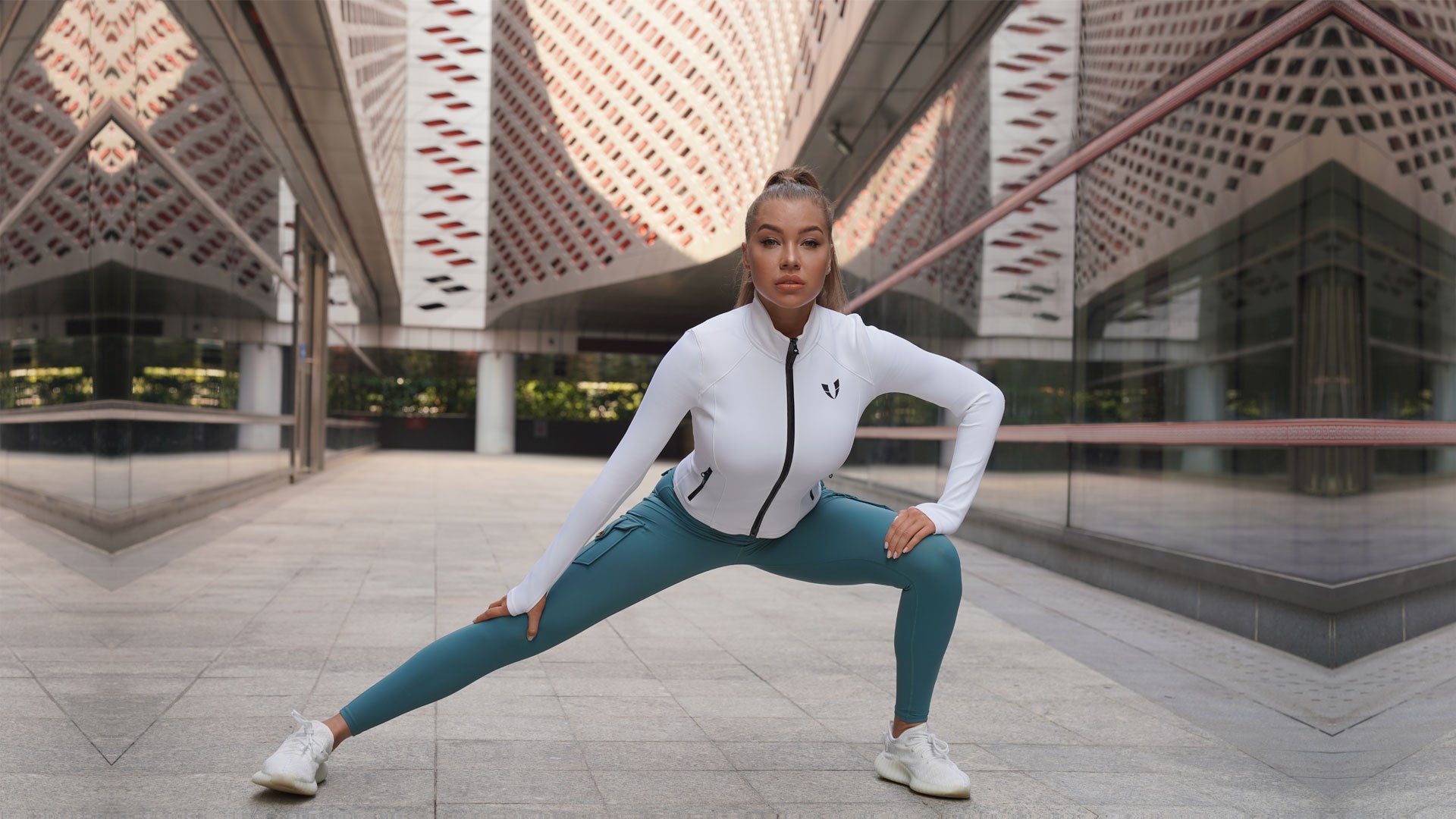
Hoe u uw rug flexibeler kunt maken?
Als u het gevoel heeft dat uw rug stijf is en niet veel bewegingsbereik heeft, is het misschien tijd om uw rugflexibiliteit te verbeteren terwijl u een actieve levensstijl leidt en verschillende soorten bewegingen uitvoert. Dit kan het gemakkelijker maken om verschillende oefeningen en houdingen uit te voeren zonder enige weerstand of ongemak. Als u wilt leren hoe u uw rug flexibeler kunt maken, zijn er een paar belangrijke stappen die u moet nemen.
Waarom is flexibiliteit belangrijk?
Verminder het risico op verwondingen
Door flexibeler te worden, kunt u spanning en scheuren voorkomen die kunnen optreden tijdens het uitvoeren van verschillende oefeningen. Uw rugspieren hebben de flexibiliteit om op verschillende manieren te bewegen zonder schade op te lopen die uw mobiliteit kan beperken.
Verbeterde fysieke prestaties
Als je flexibeler bent, kun je je fysieke prestaties verbeteren omdat je meer bewegingsvrijheid hebt. De spieren in je lichaam gaan effectiever werken en kunnen het makkelijker maken om je fitnessdoelen te bereiken of nieuwe oefeningen te proberen zonder beperkingen.
Hoe maak je je rug flexibeler?
Verbeter de flexibiliteit van uw rug met yoga
Een van de meest effectieve manieren om je rug flexibeler te maken is door yoga-oefeningen te doen. Je kunt je ruggengraat flexibeler maken en tegelijkertijd de pijn of het ongemak dat je elke dag ervaart verminderen. Het kan je zelfs helpen om je houding te verbeteren en rechterop te zitten om te voorkomen dat je een voorovergebogen houding krijgt als je ouder wordt.
De sfinxhouding is een geweldige stretch om te proberen en vereist dat je op je buik ligt terwijl je je ellebogen onder je schouders plaatst. Trek je borst naar voren en verleng het staartbeen terwijl je je borst zo ver mogelijk naar voren trekt. Doe vijf diepe ademhalingen voordat je doorgaat naar een andere houding.
De halve kikkerhouding zal ook effectief blijken en wordt uitgevoerd door op je gezicht naar beneden te gaan liggen en op je onderarmen te gaan staan terwijl je je ellebogen onder je schouders houdt. Doe diepe ademhalingen. De knieën mogen niet breder zijn dan je heupen terwijl je je rechterknie buigt en je rechterhand gebruikt om je rechtervoet te pakken. Til op met je borst.
Een booghouding is ook nuttig en vereist dat u op uw buik ligt terwijl u uw knieën buigt. Pak uw voeten vast en houd de houding tot 30 seconden vast terwijl u probeert uw adem in te houden. Zodra u de houding loslaat, ademt u uit en laat u de lucht uit uw longen ontsnappen. Probeer de houding een paar keer te herhalen om langzaam uw flexibiliteit te verbeteren. U zult merken dat het na een paar pogingen gemakkelijker is om de booghouding uit te voeren. U kunt doorgaan naar een meer geavanceerde en uitdagende houding als u de booghouding te gemakkelijk vindt om uit te voeren.
Het dragen van de juiste kleding maakt het makkelijker om je flexibiliteit te vergroten en weerstand te vermijden bij je poses. Kies voor trainings crop tops die je koel houdt en niet te veel stof bevat die je bewegingsvrijheid belemmert.

Haal het maximale uit uw training
Je kunt meer uit je oefeningen en training halen om de flexibiliteit van je rug te verbeteren door de poses of bewegingen minstens drie keer per week uit te voeren. De sessies moeten 10 tot 15 minuten duren en moeten ademhalingsoefeningen met zowel dynamische als statische rekoefeningen bevatten. Probeer elke pose gemiddeld 15 tot 30 seconden vast te houden. Probeer geleidelijk aan 30 seconden te bereiken voordat je een meer uitdagende oefening zoekt.
Je kunt je training ook maximaliseren door te werken aan je ademhaling. Dit is een belangrijk onderdeel van trainen en vereist niet veel energie met consistente oefening over tijd. Het helpt ook om je kernspieren te versterken. Begin met het oefenen van diafragmatische ademhaling, wat kan worden uitgevoerd door te staan of te zitten. Leg elke hand op de zijkant van je ribbenkast en adem in door je neus.Adem de lucht uit via uw mond terwijl u uw bekkenbodemspieren en core gebruikt.
Voer statische rek- en strekoefeningen uit
Statische stretches zijn ook effectief om je rug flexibeler te maken. Deze stretches zijn nuttig en vereisen dat je elke stretch een paar seconden vasthoudt. Probeer ze in je normale trainingsroutine op te nemen. Houd er rekening mee dat je niet moet stuiteren tijdens het uitvoeren van statische stretches, wat spanning op je spieren kan zetten en tot een blessure kan leiden. Het is ook belangrijk om op te warmen voordat je begint met stretchen om je spieren los te maken en blessures te voorkomen. Warm vijf tot tien minuten op door te wandelen.
Veel mensen maken ook de fout om zichzelf te ver te pushen met elke stretch, wat de spieren direct kan belasten. Rek niet meer dan je prettig vindt. Het is belangrijk om te stoppen met stretchen wanneer je het punt van spanning voelt. Blijf ademen en houd je patroon van in- en uitademen in de gaten.
Enkele van de beste statische stretches om te proberen zijn de voorwaartse vouw, zittende torso stretch en figure-four. Meer dynamische stretches zijn zijwaartse swings, voorwaartse swings, armcirkels en hoge knieën.
Oefen krachttraining
Kracht training is ook effectief om de rug flexibeler te maken. Het is effectief als je de juiste vorm hebt en het volledige bewegingsbereik. Squats zijn opgenomen in krachttraining om de kracht van het onderlichaam te vergroten. Je voeten moeten breder zijn dan de breedte van je schouders, terwijl je tenen naar buiten wijzen. Strek je armen voor je uit en zorg voor voldoende stabiliteit om niet te vallen. Stop met stretchen zodra je dijen parallel aan de grond lijken te zijn.
Lunges met een backbend kunnen je helpen je core aan te spannen terwijl je je torso strekt. Lunge naar voren met je rechterbeen terwijl je je armen recht boven je hoofd plaatst. Leun voorzichtig naar achteren terwijl je de beweging uitvoert. Je rechterknie moet iets boven je enkel zijn. Bevries en houd je pose vijf tot tien seconden vast. Wissel naar de andere benen terwijl je de herhalingen herhaalt.
Door dit soort krachttrainingsoefeningen uit te voeren, zal uw flexibiliteit geleidelijk toenemen. Probeer de oefeningen gemiddeld 30 minuten een of twee keer per week te doen om resultaten te zien. Luister naar uw lichaam om te voorkomen dat u uzelf te hard pusht en uzelf blesseert. Houd vast op het punt van spanning en respecteer de grenzen van uw spieren om spierscheuringen of verrekkingen te voorkomen die kunnen optreden.
Zodra je de beste trainingen en oefeningen leert om je rug flexibeler te maken, kun je resultaten gaan zien en meer bewegingen uitvoeren. Je kunt het risico op blessures die optreden tijdens het actief blijven verminderen en voorkomen dat je je gespannen voelt.



Laat een reactie achter
Deze site wordt beschermd door hCaptcha en het privacybeleid en de servicevoorwaarden van hCaptcha zijn van toepassing.